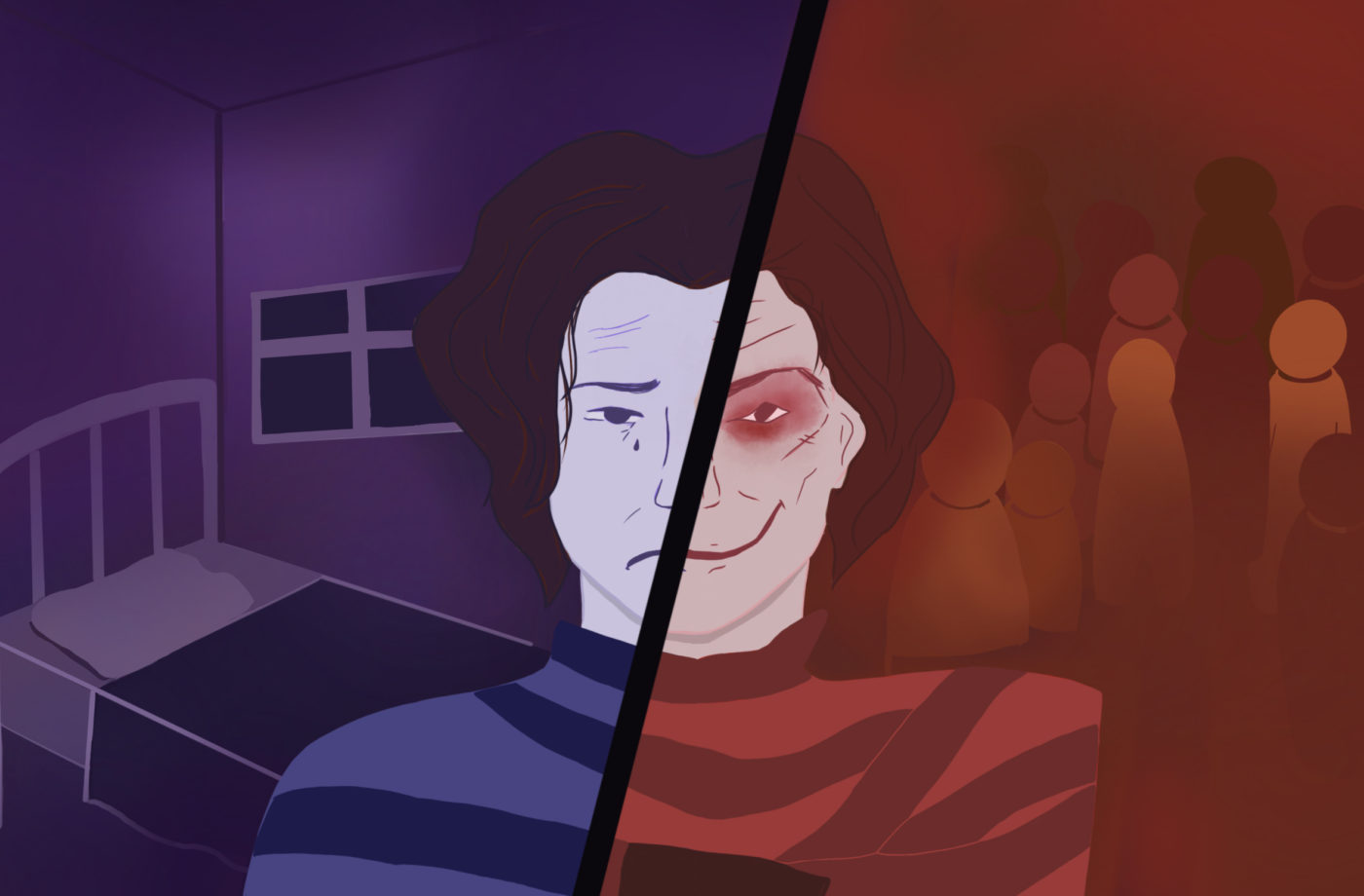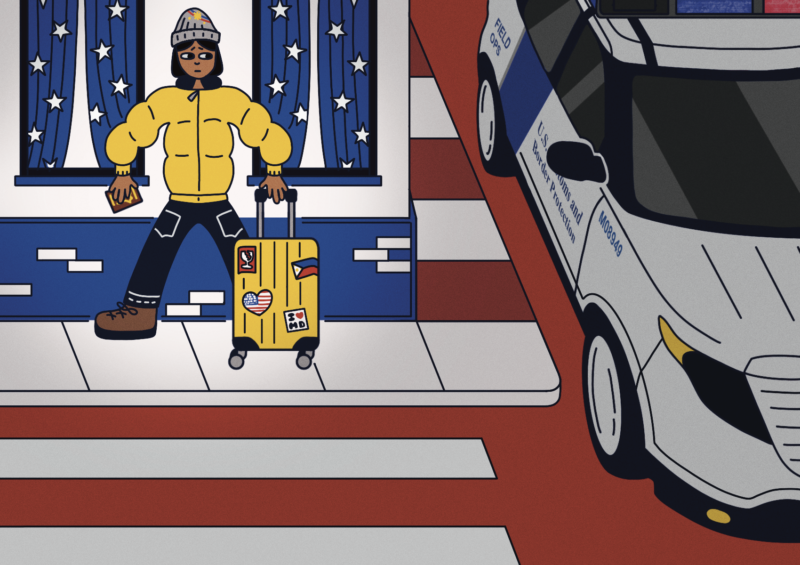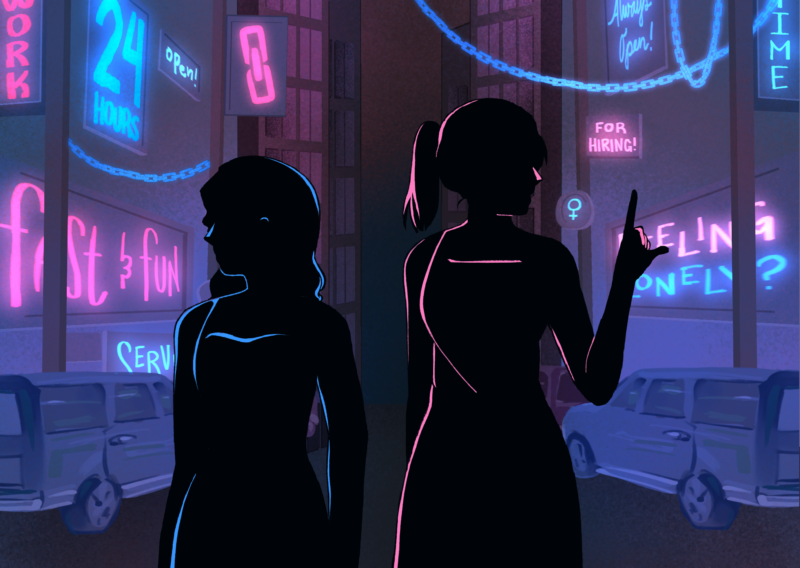HALLOWEEN IS just around the corner, and what better way to celebrate this holiday than with some good old-fashioned horror movies? When one thinks of the horror genre, titles such as Split (2016), Shutter Island (2010), and Silence of the Lambs (1991) are some that come to mind. However, in spite of the commercial success of horror in cinemas, these films can be harmful to more than just your resting heart rate.
In the aforementioned movies, people with mental health conditions are put in the spotlight and portrayed as individuals to fear. Antagonists with mental health issues have arguably made for some of the scariest characters in the horror genre, but vilifying them on the big screen has detrimental effects on the well-being of those who suffer from such conditions in real life.
From reel to real
The fascination that horror film writers have with mental health issues is not a new phenomenon. Those who have mental health-related conditions make easy subjects for horror film writers since no backstory is needed to justify their actions.
Loyola Film Circle director and cinematographer Jake Consing cites the psychological horror film Split as an example; Split tells the story of a man with dissociative identity disorder who kidnaps teenage girls. He says that Split problematically presents DID as more of a “curse” rather than a mental health concern. “Having a mental illness is not just a curse, it’s something you’re born with, something that develops over time,” he says.
Other critics have expressed their disapproval over how Split stigmatizes DID, claiming that the movie’s inaccurate portrayal of the mental illness affects patients with said illness. In one case, a psychiatrist shares how their patient asked them “Do I ever scare you?” shortly after the release of Split.
This instance goes to show that our perception of insanity always somehow ties back to fear as a result of violence, which is deeply-rooted in the stigmas that we have developed through years of cinema. Ateneo Bulatao Center for Psychological Services cognitive behavioral psychologist Marika Melgar explains that the stigma against the mentally ill stems from uncontested sensationalist portrayals of such illnesses on literature and media.
“In the past, it has been perpetuated that the mentally ill are violent, which has been present in a lot of tropes in media, literature, and art,” Melgar explains. As an example, she uses the character of a wife with a mental illness holding a knife behind her back as she anticipates stabbing her husband.
“[The behavior of a person with a mental illness] is something very jarring, hard to explain, and if you don’t know how to understand something you don’t know, it creates a certain fear,” Melgar explains.
Melgar adds that the complexity of reality demands empathy, and that watching horror films critically entails “doing away with our biases, heuristics, [and] our own prejudices.” This is also the reason behind the collective call to have trigger warnings or statements at the start of a piece of writing or video that alert audiences of the piece containing potentially distressing material.
“There will always be those stereotypical psycho-thrillers, but [be] responsible with potentially triggering graphic depictions of film. [You] have to be mindful of making a conversation afterwards,” she says.
It then becomes important to find a middle ground between creative expression and the mental health conversation; Melgar claims that mindfulness is the key. “[Horror films are] compelling because it draws from some reality, but when it’s actually you in that character and it’s your life, and [you’re] the one dealing with it, it’s not a show. It’s not for entertainment,” she asserts.
A classic plot
Looking into the stigmas perpetuated by horror films entails recognizing how we, as producers and audiences, shape the characters on our screens. “Horror films can be very problematic, precisely because they’re a film genre that’s so dependent on ‘othering,’” shares Communication Department instructor Andrew Ty. The act of othering, which means to treat a person or a group as different from oneself, has long been a common practice in society. According to Ty, its prevalence in the horror genre is seen in the obsession with exaggerating or vilifying what makes one different or unique, and mental illness is, unfortunately, no exception.
When it comes to horror’s utilization of “othering” and whether it contributes to the stigmatization of mental health illnesses, Ty calls the situation “tricky.” He points out that while paranormality is something that is hard to come to terms with, a psychological abnormality is something very real and human—to reduce it to something that can be found in horror films blurs the line between mental illness being considered as an “illness or a sin.”
What happens then, according to Ty, is that people end up forming assumptions and mental “categories” about those they cannot understand—in this case, mental health patients as cinematic anomalies. “Any attempt to define [it] is always an attempt to set limits on what you are and what you are not. Anyone outside of those limits is seen as an aberration,” he says.
As human beings turn to storytelling to make sense of the different, those who suffer from mental illness find themselves at the painful receiving end. In the olden days, the quickest way to understand these people was to objectify them—and these portrayals of the mentally ill have proven to be marketable to audiences. As a consequence, their suffering is not only reduced to objects of villainy and horror, but it is also commodified to make what would be another blockbuster hit this year, and the next, and the next.
Rethinking horror
Not all hope is lost for proper representation in cinemas. Some films have shown signs of becoming more sensitive with regards to mental health. One such example would be the 2014 thriller The Babadook, which has been praised for its accurate portrayal of depression. With the titular character serving as a representation of maternal depression, The Babadook touches on mental health in a way that is not exploited but rather explored. “There are a lot more nuanced films in response to a growing consciousness with regard to mental health,” Consing says.
Ty believes that what horror films lack is nuance and character development; in his opinion, films cannot just rely on mental illness to drive and explain a character’s actions. “I think we should go beyond [mental illness] explanations and try to see whether or not there are individual motives that have less to do with psychological categories, but more to do with the kind of person that this character is,” he argues.
Ty adds that audiences can also play a role in reducing the prevalence of inaccurate portrayals of mental health patients by refusing to patronize and watch those kinds of films. He says that cultural texts, like horror films, both contribute to and emerge from “our cultural understanding.”
The implication is that it is up to the producers and consumers whether they will perpetuate the cycle of vilifying and sensationalizing mental illness in cinema, given how our understanding affects our products and vice versa. While horror films are not the end all be all of the stigma towards people who have mental health conditions, to move to correct something as prevalent as cinema is a step in the right direction in the battle for mental health awareness and sensitivity.







